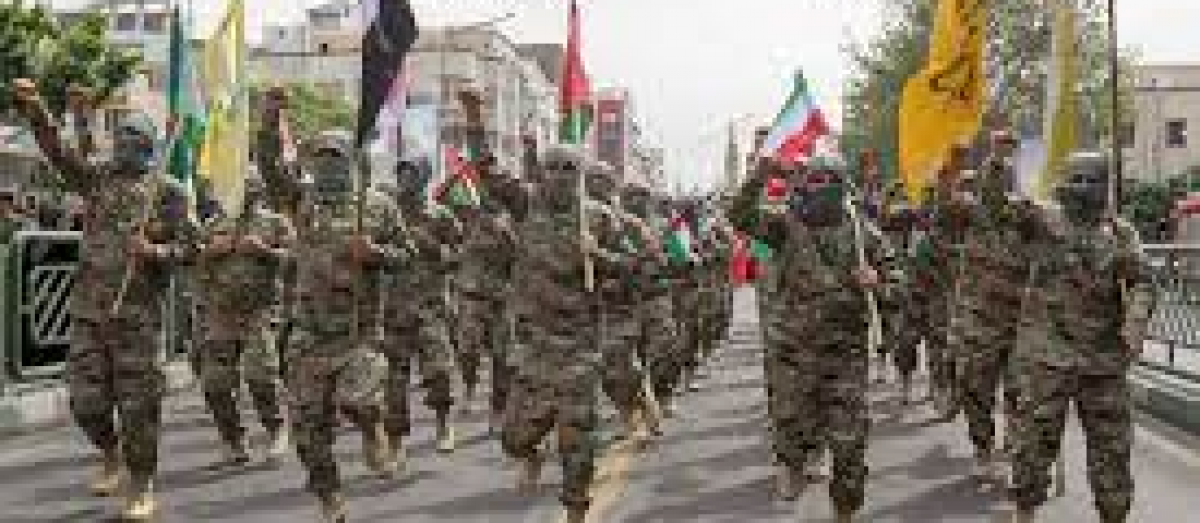Since the Taliban first rose to power in Afghanistan in 1995, the geopolitical landscape of the region has been marked by intricate and often contradictory relationships, particularly involving the United States, Pakistan, and various Taliban factions. The U.S. has played a significant role in this dynamic, primarily through its support to Pakistan, which has been a key yet controversial ally in the region.

U.S. Support to Pakistan
The relationship between the U.S. and Pakistan since the mid-1990s has largely been defined by military aid and anti-terrorism cooperation. This support intensified following the 9/11 attacks, as the U.S. sought Pakistan’s cooperation in the war against the Taliban and Al-Qaeda in Afghanistan. The U.S. provided Pakistan with financial aid, military equipment, and training to bolster its counterterrorism capabilities. A notable aspect of this support was the Coalition Support Fund, designed to reimburse Pakistan for its operational and logistical support in combating terrorism.
However, this relationship has been marked by fluctuations, with the U.S. periodically adjusting, reducing, or even suspending aid. These changes often stemmed from concerns about Pakistan’s commitment to fighting terrorism and accusations of its support for certain terrorist groups.
Pakistan’s Alleged Support for the Taliban
At the heart of the U.S.-Pakistan relationship lies the complex and often controversial issue of Pakistan’s alleged support for the Taliban. There have been consistent allegations that elements within Pakistan’s government and military have provided safe havens, resources, and strategic backing to the Taliban, particularly the Afghan Taliban. This support is believed to be part of Pakistan’s strategic depth policy in Afghanistan, driven by its desire to counter Indian influence in the region.
The U.S. itself has, at various times, accused Pakistan of playing a dual role – accepting U.S. aid to combat terrorism while simultaneously supporting terrorist groups that align with its regional interests.
The Pakistani Taliban and Its Distinct Identity
An essential distinction in this geopolitical web is between the Afghan Taliban and the Pakistani Taliban, also known as Tehrik-i-Taliban Pakistan (TTP). While the TTP and the Afghan Taliban share ideological similarities and some operational linkages, they are distinct entities with different goals. The TTP has primarily targeted the Pakistani state, aiming to establish an Islamic state in Pakistan, and has been involved in numerous terrorist attacks within the country.
This distinction is crucial in understanding Pakistan’s internal and external policy. While the Afghan Taliban has been a tool in Pakistan’s regional strategy, the TTP has been a source of internal conflict and instability.
In conclusion, the U.S.-Pakistan relationship and the dynamics involving various Taliban factions since 1995 present a complex picture of alliances, conflicts, and shifting policies. The U.S. has been a key player through its military and anti-terrorism support to Pakistan, while Pakistan’s relationship with the Taliban—both Afghan and Pakistani—reflects its broader regional strategies and internal challenges. This intricate geopolitical landscape underscores the complexity of addressing terrorism and promoting stability in the region.




